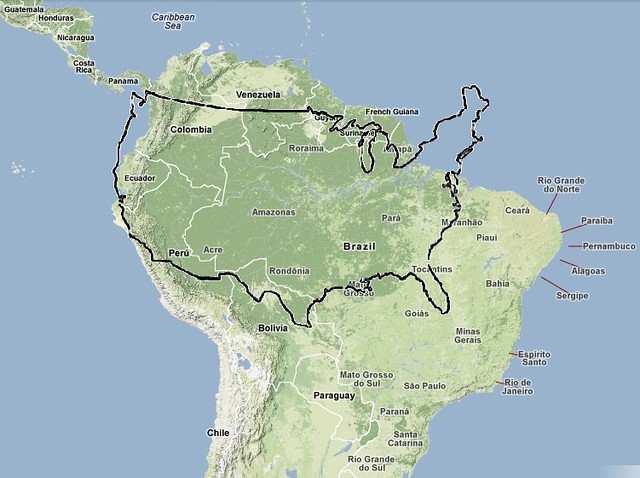One in ten known species in the world lives in the Amazon Rainforest as does one in five bird species. It is home to 427 mammals (e.g. jaguar, sloth, river dolphin), 1,300 birds (e.g. macaw, toucan ), 378 reptiles (e.g. anaconda and Jesus lizard) and more than 400 amphibians (e.g. glass frog and poison dart frog.). Amazonia is synonymous with diversity. In forests elsewhere on Earth, one’s view may include 2-3 of the same species of trees, yet the same view in Amazonia would yield a view of 30-40 different species.
With that in mind, we wanted to include a trip to Amazonia while we were in Ecuador. We flew to the town nearest the jungle (Coca) then boarded a boat onto the Napo River which flows into the Amazon River (along with a bazillion others.) There are next-to-zero roads and the river is the highway. Everything is transported via high-speed motorized canoes or barges. We wanted to go at least 60 miles (100km) into the jungle, which required a 2 ½ hour ride in a canoe powered by twin outboard engines going as fast as they seemingly could, then a short hike through the jungle to a manual canoe ride (paddled by 2 indigenous men), up a narrow creek into a lagoon, to get to our backcountry resort within the Kichwa Territory.
We hiked on the muddy trails through the jungle, climbed an observation tower to the jungle canopy, and took canoe trips (both day and night) up narrow creeks and into the lagoons in search of wildlife. The jungle did not fail to provide its splendor. We were treated to seeing 3 of the 5 species of monkeys, a sloth, reptiles, bats, insects, fish, and fauna up close and in their natural surroundings. Thankfully we did not encounter the kinds that can kill you, and there are many of those! We also visited the Kichwa in their homes, villages, and school. In the Rainforest live between 2-4 million indigenous people, 96% of whom are Kichwa. The Government gave the indigenous large parcels of land with the provision that it cannot be sold. They live quite isolated from modern society and live primarily on fish and yucca plants. No internet!
The weather certainly emphasized that we were in the rainforest. While it only truly rained on our trip into and out of the jungle, the high temperatures and even the higher humidity reminded us daily that we were definitely in a rainforest. It is a wild, remote, sparsely populated place and we are so glad we were able to experience it. We were sad to leave this part of our trip and also so glad that we added this adventure to our experiences. We hope that the photos show that. We have added descriptions to each photo to help describe them.
Our next posting with be a wrap up of our impressions of Ecuador, focusing on the Andes, the people, culture, and towns.


No comments:
Post a Comment